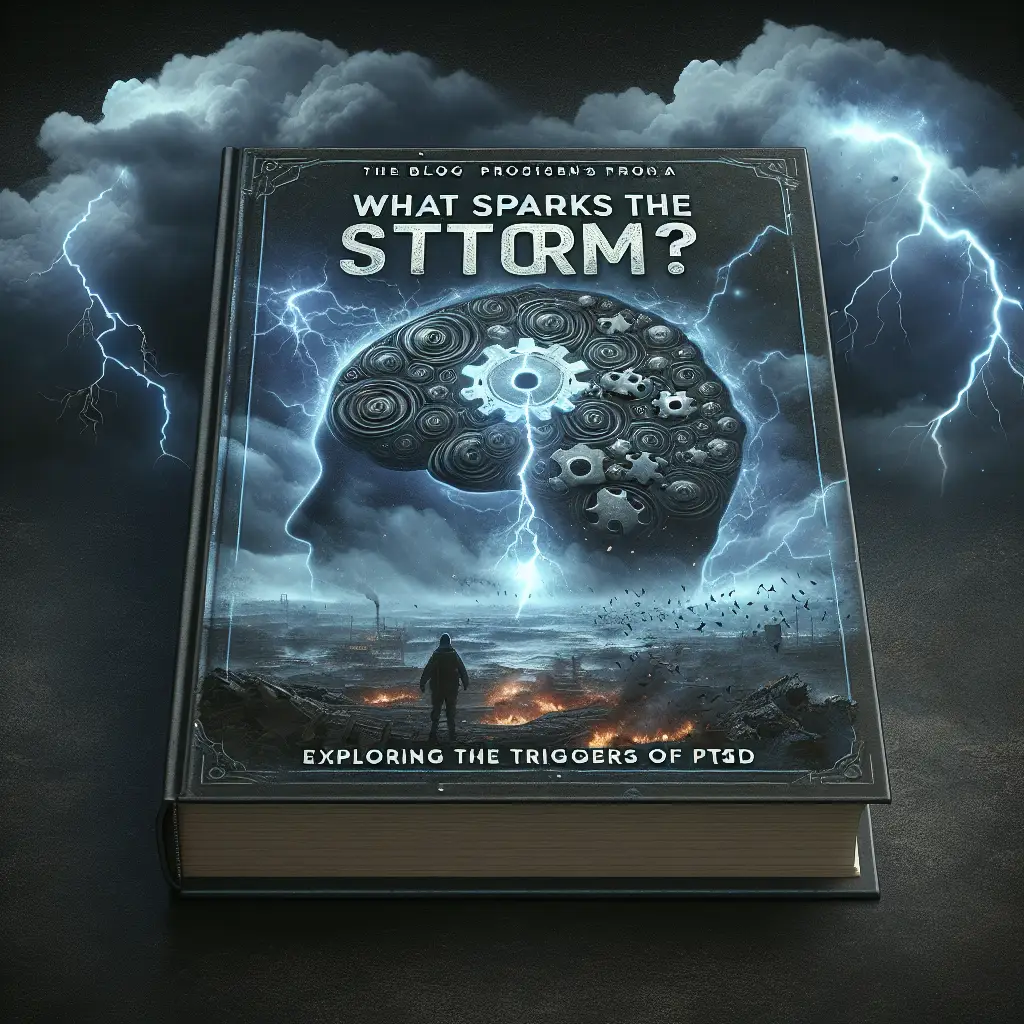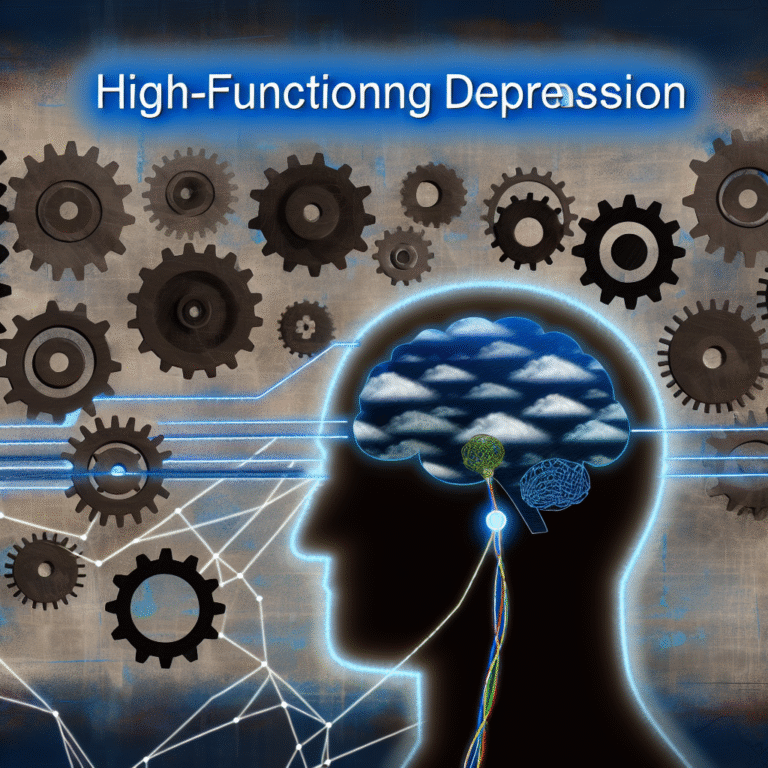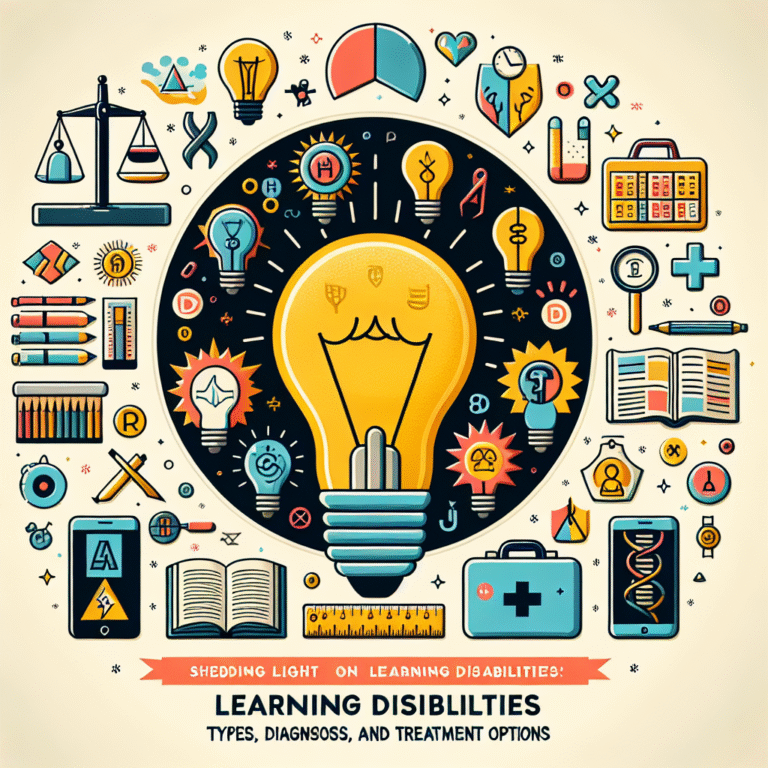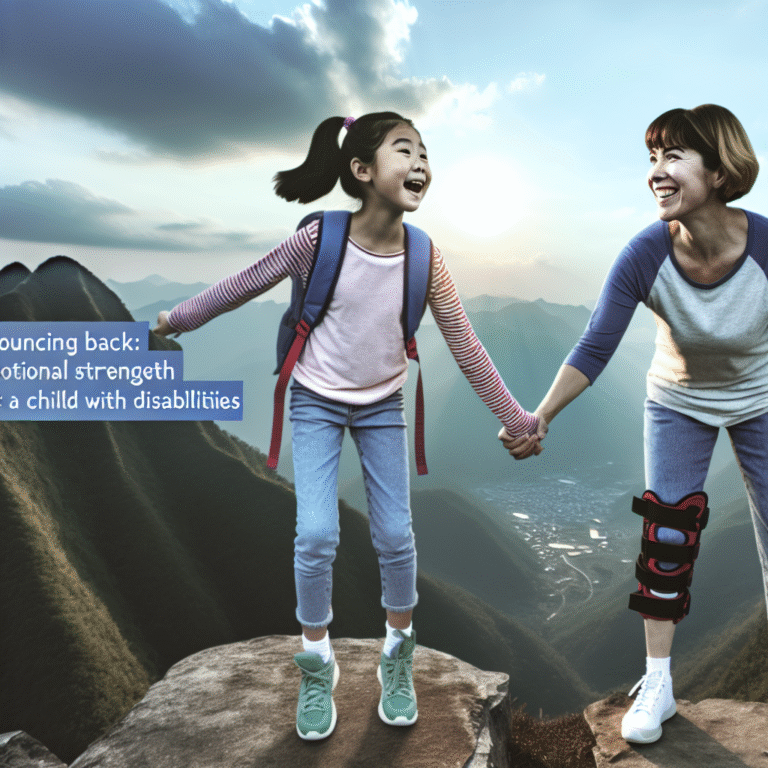
What Sparks the Storm? Exploring the Triggers of PTSD: The Ultimate Guide to Understanding and Healing
Introduction
Imagine standing on a calm shore, the ocean stretching out before you, shimmering under the sun. Suddenly, dark clouds roll in, the winds pick up, and a tempest erupts, shaking the earth beneath your feet. Much like this sudden storm, Post-Traumatic Stress Disorder (PTSD) can take individuals by surprise, altering their lives in unexpected and often devastating ways. The question looms large: What Sparks the Storm? Exploring the Triggers of PTSD. Understanding these triggers is not only vital for those suffering from PTSD but also for their loved ones, therapists, and society at large.
PTSD can emerge following traumatic events, leading to symptoms that include flashbacks, anxiety, and emotional numbness. Its impact is profound, often causing individuals to feel isolated and misunderstood. In this in-depth exploration, we will unravel the complex web of triggers associated with PTSD, shedding light on why they occur and how they can be managed. Armed with this knowledge, we can better support those steering through the powerful storms of their experiences.
What is PTSD? An Overview
Before diving into the question, "What Sparks the Storm? Exploring the Triggers of PTSD," it is crucial to have a foundational understanding of PTSD itself.
Understanding PTSD
Post-Traumatic Stress Disorder is a mental health condition triggered by experiencing or witnessing a traumatic event. According to the DSM-5 (Diagnostic and Statistical Manual of Mental Disorders, Fifth Edition), PTSD can develop after exposure to trauma, characterized by:
- Intrusive Memories: Re-experiencing the traumatic event through flashbacks or nightmares.
- Avoidance: Staying away from places, people, and activities that remind you of the trauma.
- Negative Changes in Thinking and Mood: Feelings of hopelessness, detached feelings from friends and family, or diminished interest in activities.
- Changes in Reactivity and Arousal: Irritability, reckless behavior, or hypervigilance.
Each of these elements contributes to understanding how varied the triggers of PTSD can be, which we will explore further.
Chapter 1: The Triggers – Understanding the Storm Clouds
What Sparks the Storm? Exploring the Triggers of PTSD
A crucial aspect of managing PTSD lies in understanding the specific triggers that can spark a storm of symptoms. Triggers can be broadly categorized into:
- External Triggers: Situational stimuli in the environment, such as loud noises, crowded places, or specific smells that remind an individual of their traumatic experience.
- Internal Triggers: Emotional and psychological cues, such as anxiety, stress levels, or even a sudden change in mood.
Case Study: Emily’s Experience
Emily was a combat veteran who faced significant challenges adapting to civilian life. One day, while out grocery shopping, she heard a loud noise that reminded her of gunfire. Instantly, she became overwhelmed with panic, recalling the moments of danger she had faced in combat.
Analysis: This real-world case of Emily illustrates how environmental cues can act as external triggers, highlighting the need for individuals and their support systems to recognize and manage such stimuli effectively.
Chapter 2: Trauma Types and Their Triggers
Different Types of Trauma
Not all traumas are created equal. The type of trauma can influence the specific triggers experienced by individuals.
- Acute Trauma: Resulting from a single incident (e.g., car accident).
- Chronic Trauma: Resulting from repetitive exposure to traumatic events (e.g., childhood abuse).
- Complex Trauma: Involves exposure to multiple or prolonged traumatic events (e.g., domestic violence).
Table: Types of Trauma and Common Triggers
| Trauma Type | Common Triggers | Symptoms |
|---|---|---|
| Acute Trauma | Sounds, images of the incident | Flashbacks, panic attacks |
| Chronic Trauma | Specific places, people, smells | Emotional dysregulation, chronic anxiety |
| Complex Trauma | Relationships, abandonment cues | Difficulties in trust, emotional numbness |
Case Study: John’s Journey Through Chronic Trauma
John had endured psychological abuse for years during his childhood. As an adult, he found himself triggered by interpersonal conflict, often leading to severe anxiety and flashbacks to his past experiences.
Analysis: John’s case highlights the profound impact that chronic trauma can have on triggers in adulthood, illustrating the importance of early intervention and ongoing support.
Chapter 3: The Psychological Mechanisms Behind Triggers
The Brain’s Response to Trauma
To fully understand What Sparks the Storm? Exploring the Triggers of PTSD, it is crucial to comprehend how trauma affects the brain. Traumatic experiences can alter brain functions, particularly in areas responsible for memory and emotional regulation, such as the hippocampus and amygdala.
- Hippocampus: Plays a critical role in forming new memories and connecting emotions to those memories.
- Amygdala: Often referred to as the emotional center of the brain, responsible for processing fear responses.
When triggered, the amygdala may induce a fight-or-flight response, causing an irrational reaction to non-threatening situations. This neurological response explains why someone may react intensely to a seemingly benign stimulus.
Case Study: Sarah’s Flashbacks
Sarah, a survivor of a sexual assault, experiences flashbacks triggered by specific locations she often visited with her assailant. Each time she finds herself in these spaces, her amygdala sets off a cascade of anxiety, leading to debilitating flashbacks.
Analysis: Sarah’s experiences illustrate how the brain’s alteration post-trauma deeply intertwines with the triggers of PTSD, making the healing journey both challenging and crucial.
Chapter 4: Coping Strategies and Techniques
Managing Triggers
While understanding triggers is vital, knowing how to manage them is equally important. Here are some effective strategies:
- Identifying Triggers: Keeping a journal to log instances when triggers occur can help individuals recognize patterns.
- Mindfulness and Grounding Techniques: These techniques help anchor individuals in the present when experiencing anxiety.
- Therapeutic Interventions: Several therapies are proven effective for PTSD, including Cognitive Behavioral Therapy (CBT) and Eye Movement Desensitization and Reprocessing (EMDR).
Table: Effective Coping Strategies
| Strategy | Description | Effectiveness |
|---|---|---|
| Identifying Triggers | Logging experiences to recognize patterns | Highly effective for personalized insight |
| Mindfulness | Practicing present-moment awareness | Proven to reduce anxiety and reactivity |
| Therapeutic Interventions | Engaging in therapy sessions with a licensed professional | Effective long-term management of PTSD |
Case Study: Mark’s Path to Healing Through DBT
Mark utilized Dialectical Behavior Therapy (DBT), focusing on mindfulness and emotional regulation skills, to understand and manage his triggers effectively. He learned to recognize the onset of anxiety and utilize grounding techniques to maintain control.
Analysis: Mark’s transformation signifies how targeted therapeutic interventions can empower individuals to navigate their triggers while fostering resilience against PTSD.
Conclusion
The exploration surrounding What Sparks the Storm? Exploring the Triggers of PTSD reveals an intricate landscape filled with varied experiences, psychological mechanisms, and impactful coping strategies. Understanding triggers not only equips individuals with the knowledge needed for effective management but also inspires a supportive environment for healing.
As we move forward, the key takeaway is this: Breaking the silence about PTSD can lead to greater awareness and empathy, ultimately fostering resilience within both individuals and communities. Those navigating the storm deserve compassion, understanding, and robust support systems. Together, we can weather the storms and emerge into the sunshine once more.
FAQs
1. What are the most common triggers of PTSD?
Common triggers can include loud noises, reminders of the traumatic event, certain locations, or even specific smells associated with the trauma.
2. Can PTSD develop years after a traumatic event?
Yes, it is possible for PTSD to present itself long after the distressing experience. This delayed onset can happen due to various life factors triggering memories of the past.
3. Are all triggers related to the original trauma?
Not necessarily. Triggers can also involve general stressors or everyday situations that evoke feelings of anxiety and fear, even if they are not directly linked to the trauma.
4. What treatment options are available for PTSD?
Various treatments include Cognitive Behavioral Therapy (CBT), Eye Movement Desensitization and Reprocessing (EMDR), and medication management tailored to individual needs.
5. How can friends and family support someone with PTSD?
Support may involve listening without judgment, encouraging professional help, being patient, and understanding their experiences without trying to fix them.
Through understanding and compassion, we can create a world where the storms don’t have to rage alone and healing is a shared journey.

















